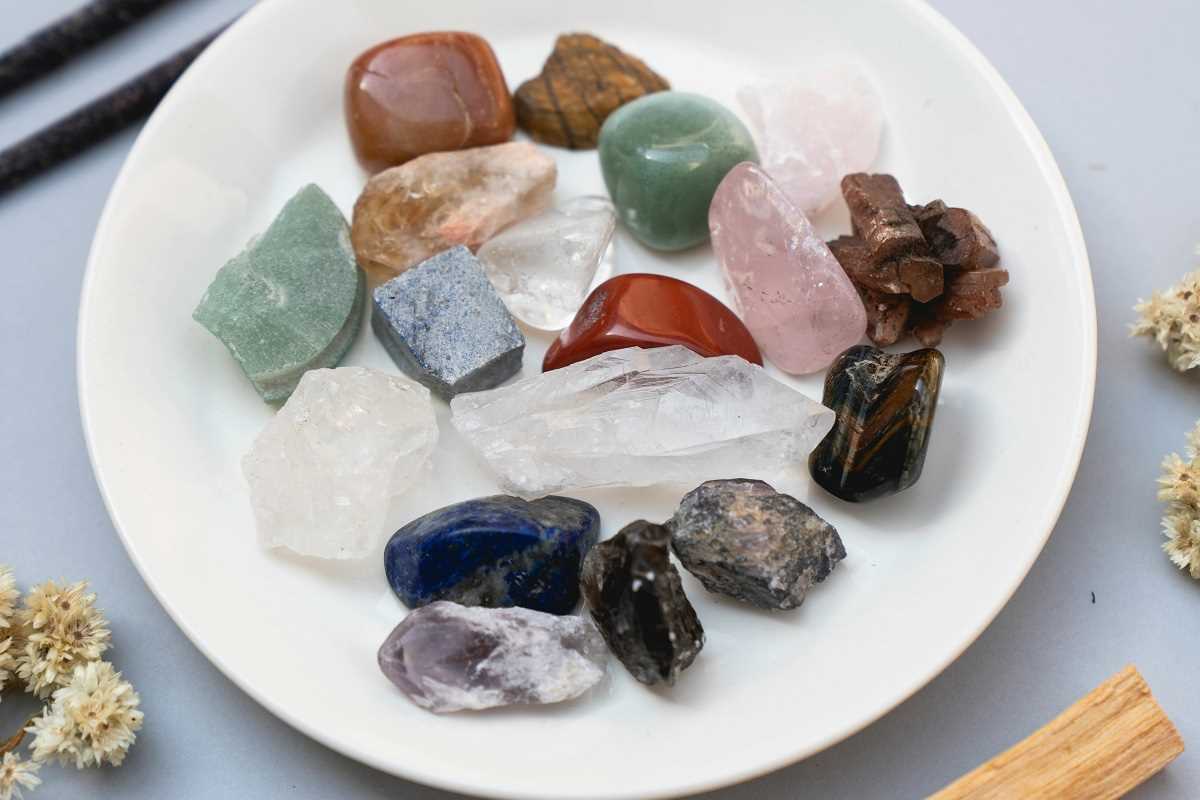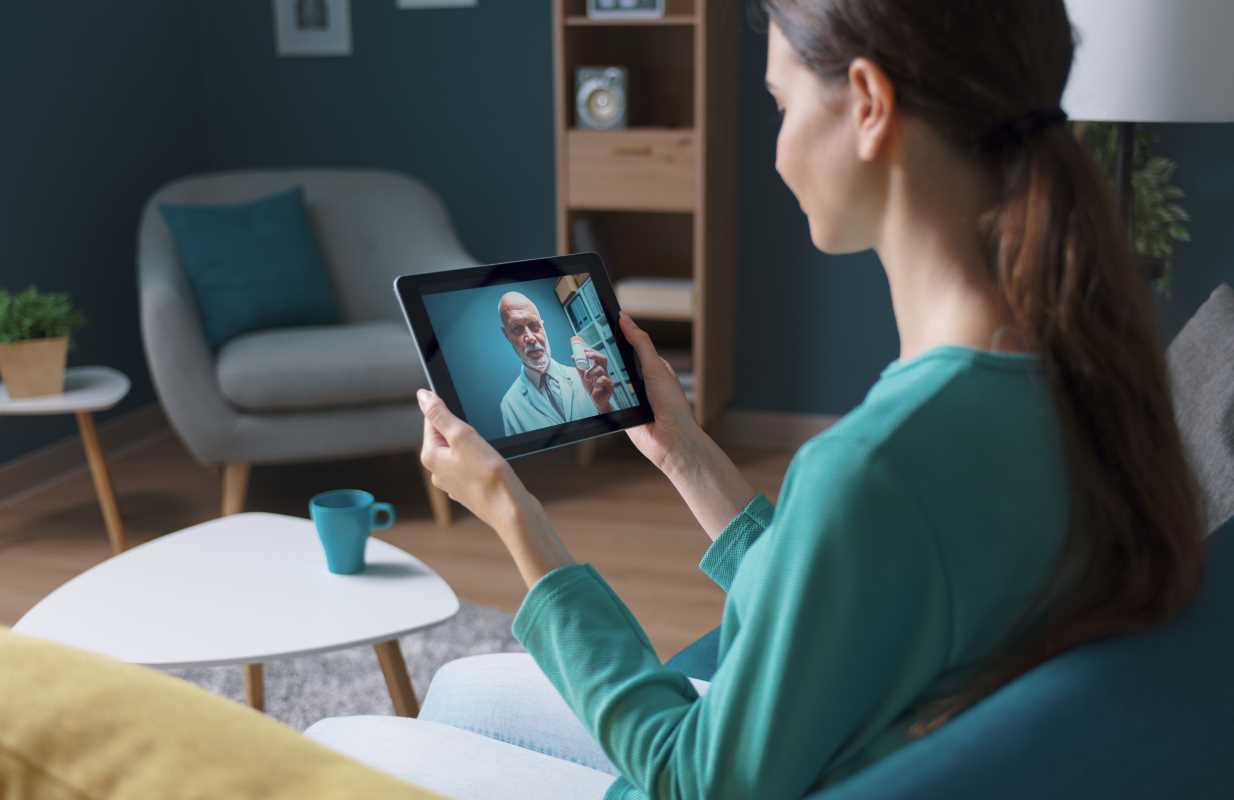Crystal healing is an alternative therapy that has gained popularity in recent years as people seek natural remedies for physical, emotional, and spiritual ailments. Practitioners claim that crystals, such as quartz, amethyst, and citrine, possess unique energies or vibrations that can positively influence the body, mind, and spirit. These claims often revolve around the idea that crystals align with the body’s energy fields, also known as chakras, to promote healing and balance. While this practice holds cultural and historical significance in some traditions, it raises significant questions about its scientific validity.
Despite its growing popularity, the practice of crystal healing faces serious scrutiny from the scientific community. Studies and expert opinions overwhelmingly point to a lack of evidence supporting its efficacy, suggesting that its perceived benefits likely stem from psychological effects rather than any inherent properties of the stones. Here, we’ll explore the core scientific problems with crystal healing and discuss the potential implications of relying on such unproven methods.
The Lack of Scientific Evidence
One of the main issues with crystal healing is that there is no solid scientific evidence to back the claims made by its proponents. Scientific research relies on reproducible data, peer-reviewed studies, and measurable results. Unfortunately, crystal healing has consistently failed to meet these criteria.
The foundation of crystal healing often ties into the idea that specific crystals emit energy fields or vibrations that interact with the human body. However, there is no scientific basis for the claim that inanimate objects like crystals can generate energy that affects physical or emotional health. Multiple physicists and medical professionals have noted that any kind of "vibration" emitted by a crystal is either too weak or non-existent to have any noticeable impact on the human body.
One of the more well-known investigations into crystal healing was conducted by Christopher French, a professor of psychology at Goldsmiths, University of London. His study involved participants holding crystals while meditating, with some given genuine crystals and others given glass replicas. The results showed no significant differences between the two groups, suggesting that any reported effects were psychological rather than physical or energetic. French concluded that the "healing" effects some people experience are likely due to the placebo effect rather than any special property of the crystals themselves.
The Placebo Effect and Perceived Benefits
Many crystal healing advocates report feeling calmer, more focused, or more energized after holding or using crystals. These experiences are often real to the individuals involved—but that does not mean the crystals themselves are the cause. Instead, such experiences are likely explained by the placebo effect.
The placebo effect occurs when a person experiences real or perceived improvement in their condition due to their belief in the effectiveness of a treatment—even if that treatment has no actual therapeutic properties. For example, if someone strongly believes that a rose quartz crystal will help ease their anxiety, they may feel a reduction in anxiety simply because their mind is convinced that it works.
The placebo effect demonstrates the incredible power of the human mind and its ability to influence physical sensations and emotional states. While this phenomenon can be beneficial in certain situations, it does not provide evidence that the treatment itself is effective. With crystal healing, the positive outcomes people experience are likely due to their beliefs and expectations, not the crystals.
The Risks of Skipping Conventional Medicine
One of the biggest concerns with crystal healing is that people may rely on this practice instead of seeking proven medical treatments. While using crystals as a complementary activity—alongside evidence-based therapies—is unlikely to cause harm, the problems arise when individuals turn exclusively to crystals to treat serious conditions.
For example, someone with cancer might be advised by a crystal healer to meditate with crystals in lieu of pursuing chemotherapy, radiation, or surgery. This kind of approach can delay life-saving treatments and worsen a patient’s outcome. Relying on unproven methods, particularly when facing severe or chronic illnesses, can lead to devastating consequences.
Furthermore, the unregulated nature of crystal healing practices poses additional risks. Unlike conventional medicine, crystal healing has no governing body to ensure safety or standards. This means that individuals seeking guidance may encounter practitioners who lack proper training, may give dangerous advice, or charge exorbitant fees for services with no scientific merit.
Why People Are Drawn to Crystal Healing
Despite its lack of scientific backing, the allure of crystal healing remains strong for many people. Part of its appeal lies in its aesthetic and cultural associations. Crystals are undeniably beautiful, and their use in spiritual practices has a long history in many cultures. For instance, ancient Egyptians used lapis lazuli for protection, while traditional Chinese medicine incorporated jade for balance and health. These connections give crystals a sense of mysticism and legitimacy that continues to resonate with people today.
Additionally, crystal healing provides a sense of ritual and mindfulness that many find comforting. Placing stones around the home, wearing crystal jewelry, or meditating with crystals can serve as symbolic acts that help individuals center themselves, reduce stress, or create a sense of positivity. These psychological benefits can feel deeply meaningful, even if they lack a scientific explanation.
For some, crystal healing may also represent a rejection of modern medicine, which can sometimes feel impersonal, rushed, or overly reliant on pharmaceuticals. Turning to alternative therapies like crystals may feel empowering, offering a way to regain control over their health and well-being.
A Balanced Perspective on Crystal Healing
While it’s clear that crystal healing lacks scientific support as a legitimate treatment, it’s essential to approach this topic with nuance. For those who enjoy crystals as symbolic tools for reflection, relaxation, or personal spirituality, there is little harm in the practice if it’s used responsibly. Crystals can be a part of self-care routines, providing a sense of beauty and calm that may contribute to psychological wellbeing.
Science and medicine exist to save lives and improve health outcomes, and abandoning proven interventions in favor of unsupported methods is undeniably risky. Whether you’re seeking relief for a minor problem or facing a serious condition, evidence-based treatments should always take priority.
Crystal healing reflects the complex interplay between science, psychology, and culture. While it fails to hold up to scientific scrutiny, its appeal is rooted in ancient traditions, aesthetic charm, and the human need for connection and comfort. Understanding these dynamics helps us better engage in informed conversations about the role of alternative therapies in modern life, without compromising on our commitment to evidence-based health practices.
 (Image via
(Image via





